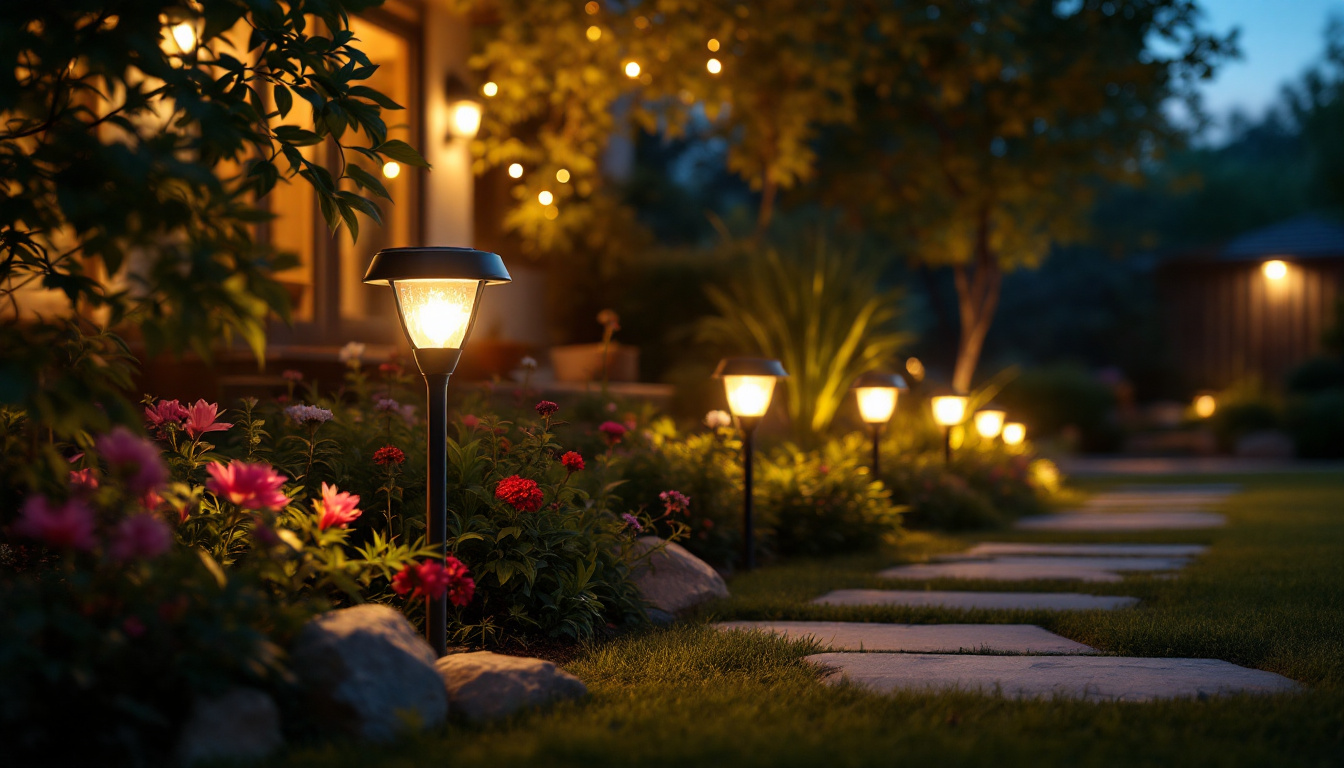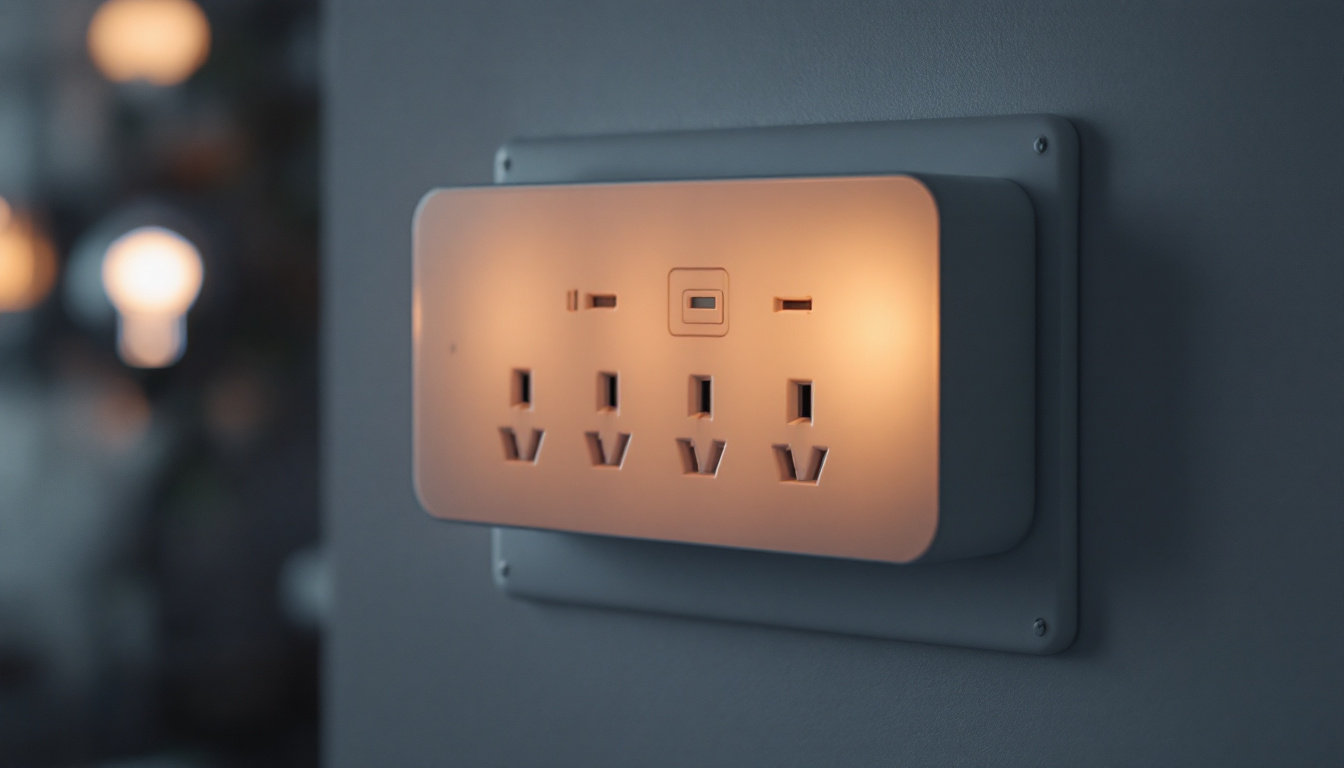
In the world of lighting design and installation, attention to detail can make or break a project. One often overlooked aspect is the light bulb base. While it may seem trivial, the standard light bulb base is a critical component that can significantly impact the effectiveness and efficiency of lighting solutions. Understanding the various types of light bulb bases and their applications is essential for lighting contractors aiming to deliver high-quality results.
Light bulb bases serve as the interface between the bulb and the fixture. They ensure a secure connection and facilitate electrical contact, which is crucial for the bulb to function correctly. Choosing the right base type is not merely a matter of aesthetics; it can influence the overall performance, compatibility, and longevity of the lighting system. A poorly matched base can lead to flickering lights, reduced efficiency, or even damage to the fixture itself, making it essential for both homeowners and professionals to understand the nuances of light bulb bases.
There are several standard light bulb bases available on the market, each designed for specific applications. The most common types include the Edison screw base, bayonet base, and the bi-pin base. Understanding these types can help contractors make informed decisions when selecting lighting solutions for their projects. Additionally, knowing the right base type can also assist in energy efficiency, as some bases are optimized for certain types of bulbs that consume less power while providing the same level of brightness.
The Edison screw base is perhaps the most widely recognized type of light bulb base. It comes in various sizes, including E26 and E27, which are commonly used in household fixtures. The design features a threaded base that allows for easy installation and removal. This type of base is compatible with a wide range of bulbs, including incandescent, LED, and CFL options, making it a versatile choice for many applications. Furthermore, the Edison base has become a staple in modern lighting design, often being used in decorative fixtures that highlight the vintage aesthetic while still providing contemporary energy efficiency.
Bayonet bases are characterized by their two pins that lock the bulb into place with a twist. Commonly found in automotive and specialty lighting applications, bayonet bases offer a secure fit and are less prone to accidental disconnection. However, they may not be as prevalent in residential settings compared to Edison screw bases. The design of the bayonet base also allows for quick bulb changes, which can be particularly advantageous in situations where frequent replacement is necessary, such as in stage lighting or outdoor fixtures exposed to the elements. Additionally, the robust nature of bayonet bases often makes them a preferred choice in environments where vibrations or movement could otherwise loosen a standard bulb connection.
When selecting a light bulb base for a project, several factors must be considered, including the fixture type, the desired light output, and the overall design aesthetic. Each base type has its advantages and limitations, and understanding these can help contractors make the best choice for their specific needs.
One of the first considerations when choosing a light bulb base is fixture compatibility. Not all fixtures are designed to accommodate every type of base. For instance, a fixture designed for an Edison screw base will not work with a bayonet base bulb. Ensuring compatibility is crucial to avoid installation issues and ensure optimal performance. Additionally, it’s important to consider the wattage and voltage ratings of both the fixture and the bulb. Using a bulb that exceeds the fixture’s rating can lead to overheating and potential fire hazards, while using a bulb with lower wattage may not provide sufficient illumination for the intended space.
The type of base can also affect the light output and energy efficiency of the bulb. For example, LED bulbs are available in various base types and can provide significant energy savings compared to traditional incandescent bulbs. Understanding the energy requirements and light output specifications of different base types can help contractors recommend the most efficient options to their clients. Moreover, factors such as color temperature and lumens should be taken into account. A bulb with a higher lumen output will produce more light, which is essential for spaces requiring bright illumination, such as kitchens or work areas, while warmer color temperatures can create a cozy atmosphere in living rooms or bedrooms.
Aesthetics play a significant role in lighting design. The choice of light bulb base can influence the overall look of a fixture. For instance, a sleek, modern design may be better suited to a minimalist bulb with a bi-pin base, while a vintage-style fixture might benefit from the classic appeal of an Edison screw base. Contractors should consider the design elements of the space when selecting a light bulb base to ensure a cohesive look. Additionally, the finish and material of the fixture can also impact the choice of base; for example, a brass fixture may pair beautifully with warm-toned bulbs, enhancing the vintage charm, while a chrome fixture might look best with cooler, brighter bulbs to maintain a contemporary feel. The interplay between the bulb’s base and the fixture’s design can ultimately elevate the overall aesthetic of the space, making it essential to choose wisely.
Even experienced lighting contractors can make mistakes when it comes to selecting light bulb bases. Awareness of common pitfalls can help ensure a smoother project execution and better results.
One of the most frequent errors is overlooking base compatibility. Failing to verify that the chosen bulb base fits the fixture can lead to delays and additional costs. It is essential to double-check specifications and ensure that the selected bulbs will work seamlessly with the fixtures being used. This oversight can not only disrupt the installation process but can also result in the need for last-minute replacements, which can be both time-consuming and costly. Contractors should keep a comprehensive list of the various bulb bases and their respective fixtures to streamline the selection process and avoid compatibility issues.
Another common mistake is ignoring energy efficiency ratings. With the increasing emphasis on sustainability, contractors should prioritize energy-efficient lighting solutions. Selecting bulbs with high efficiency ratings can reduce energy consumption and lower utility costs for clients, making it a win-win situation. Additionally, many regions offer incentives or rebates for using energy-efficient products, which can further benefit clients financially. By staying informed about the latest advancements in LED technology and energy-saving options, contractors can provide their clients with innovative solutions that not only save money but also contribute positively to the environment.
Lastly, neglecting future maintenance considerations can lead to complications down the line. Some bulb bases may require more frequent replacements or maintenance than others. By choosing durable, long-lasting options, contractors can minimize future maintenance needs and enhance client satisfaction. Furthermore, it’s beneficial to educate clients about the lifespan and maintenance requirements of different bulb types. Providing clear guidance on how to care for and replace bulbs can empower clients to manage their lighting systems effectively, ensuring that their investments continue to perform optimally over time. This proactive approach not only fosters trust but also positions contractors as knowledgeable professionals who prioritize their clients’ long-term needs.
As technology continues to evolve, so do light bulb bases. Innovations in design and functionality are making it easier for contractors to implement effective lighting solutions. Understanding these advancements can provide a competitive edge in the industry.
Smart lighting technology is one of the most significant innovations in recent years. Many smart bulbs now come with integrated bases that allow for wireless connectivity and remote control. These bulbs can be controlled via smartphone apps, enabling users to adjust brightness, color temperature, and even create lighting schedules. Contractors should stay informed about these advancements to offer clients cutting-edge solutions. Additionally, the integration of voice-activated assistants has further enhanced the user experience, allowing for hands-free operation. Imagine a scenario where homeowners can simply say, “Dim the living room lights,” and the system responds instantly, creating the perfect ambiance for any occasion.
Another exciting development is the emergence of modular base designs. These bases allow for interchangeable bulbs, making it easier to switch between different types of lighting without changing the entire fixture. This flexibility can be particularly beneficial in commercial settings where lighting needs may change frequently. For instance, a retail store can easily transition from bright, white lighting during the day to softer, warmer tones in the evening to create a more inviting atmosphere. Furthermore, modular designs promote sustainability by reducing waste; instead of discarding entire fixtures when a bulb burns out or a new style is desired, only the bulb needs to be replaced. This not only saves money but also aligns with growing environmental concerns, making it a smart choice for eco-conscious businesses.
In conclusion, the standard light bulb base is a crucial yet often overlooked element in lighting projects. Understanding the various types of bases, their compatibility, and their impact on energy efficiency can empower lighting contractors to make informed decisions that enhance the quality of their work. By avoiding common mistakes and staying abreast of innovations in the industry, contractors can ensure that their lighting solutions meet the highest standards of performance and aesthetics.
Ultimately, the right light bulb base can be the missing piece that elevates a lighting project from ordinary to extraordinary. By prioritizing this essential component, lighting contractors can deliver exceptional results that satisfy clients and enhance the spaces they illuminate.
Ready to take your lighting projects to the next level? At LumenWholesale, we provide lighting contractors with the perfect blend of quality, affordability, and convenience. Our extensive selection of spec-grade lighting products ensures you find the right standard light bulb bases and more, all at unbeatable wholesale prices. Say goodbye to middleman markups and hello to hassle-free bulk buying with free shipping. Elevate your lighting solutions today and experience the best value in wholesale lighting. Discover our products now and make your next project extraordinary.

Discover expert insights from leading lighting contractors on the benefits and installation tips for solar light outdoor solutions.

Discover how choosing the right outlets and receptacles can significantly boost the efficiency of your lighting projects.

Discover essential insights into under shelf lighting with our comprehensive guide tailored for lighting contractors.

Discover how lighting contractors can enhance their profitability with effective light ballast strategies.